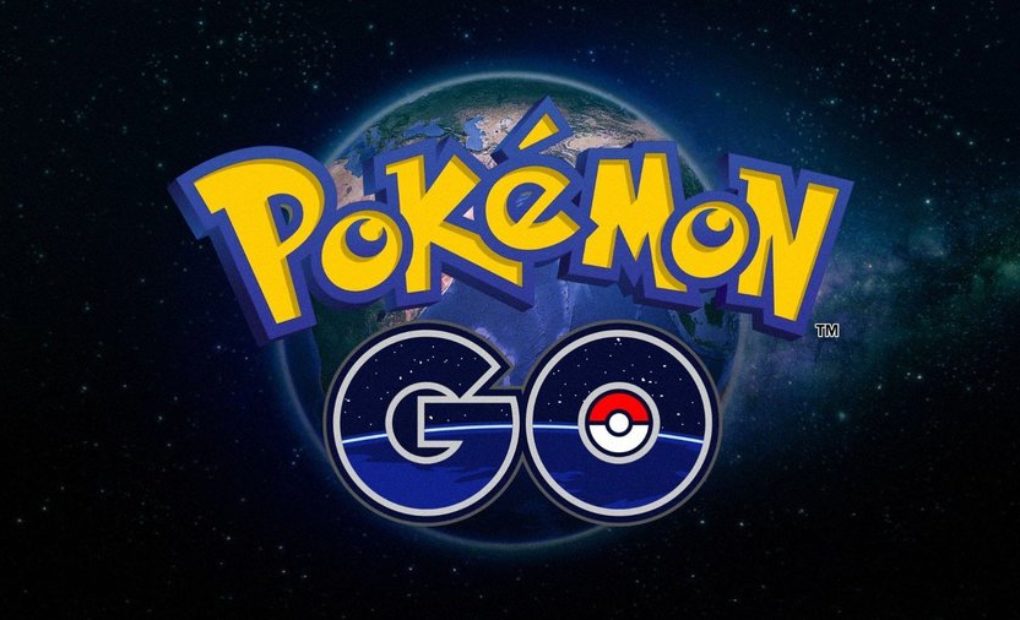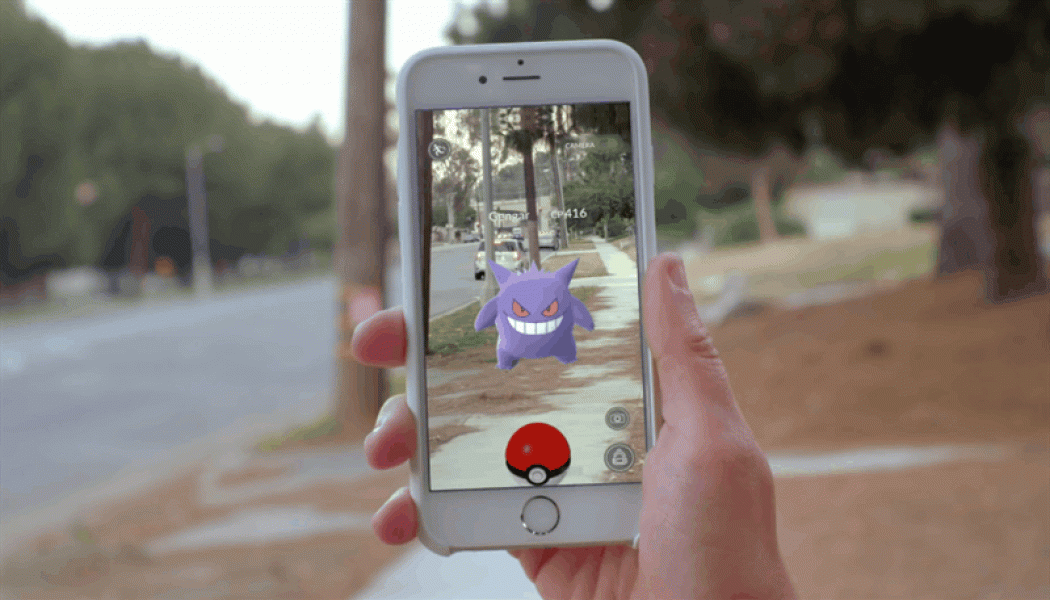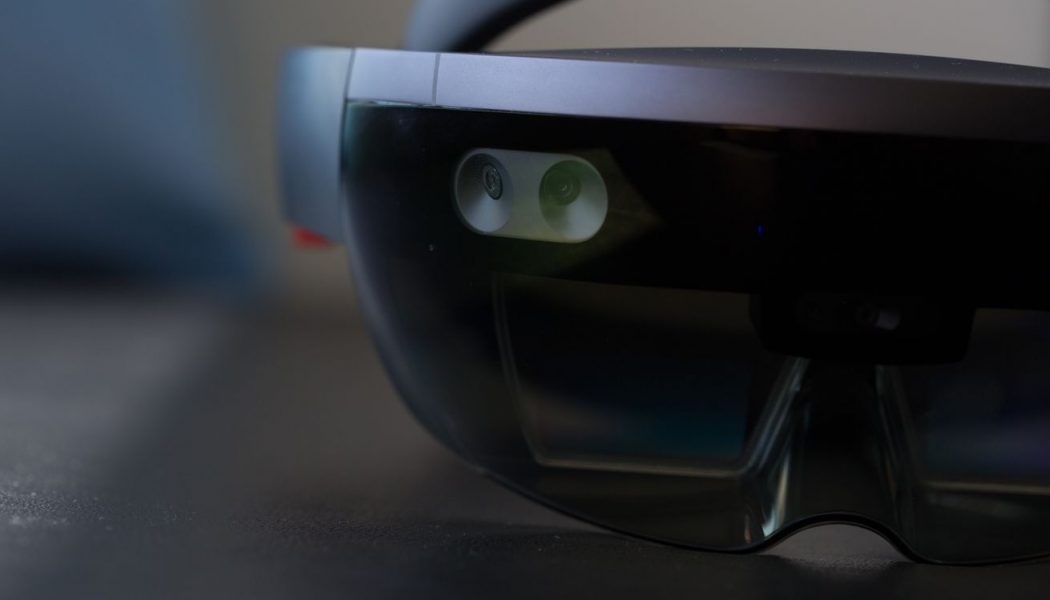
Pokémon Go: Looking inside the Ultraball

July 6th 2016 will go down in history as the day Pokémon Go turned the world into a Pokéball, resulting in 7.2 million downloads in the first week. Pokémon Go smashed the combined 4 million downloads of Angry Birds 2 and Candy Crush Jelly Saga.
The launch of this successful augmented reality app has seen both positive a negative media attention. The reality is that the global popularity of the game shows that this is the future and a very large number of people have adapted to this style of gameplay. We take a look at some of the arguments for and against the app and offer our thoughts on certain elements presented in the game and what this means for a digital future.
Pokémon GO is all about Pokémon
A big questions everyone’s asking is “Why has Pokémon GO been so successful in such a short space of time?”. A large part of the magic is a combination of factors. A recognisable franchise, developments in mobile gaming, hardware technology and interactive AR. Utilising these elements we now have the ability to share the same space in our environment with these variably loveable creatures.
VR technology coming of age and GPS tracking via Google maps paves the way for a new style of gameplay, one that rewards players for walking out into the real world. With a massive increase of players in public parks and places of interest, we’re able to take a look at how this newfound crowd are interacting with the environment whilst playing Pokémon GO.
Walking dogs, hatches eggs
Pokémon GO’s most hyped about feature is the augmented reality aspect. People have been spotted catching Pidgeys in the street, creating memes of their adventure and connecting with other fans online.
One dog rescue centre, Muncie Animal Shelter in the US found it a great incentive for players to walk with even more furry friends whilst catching Pokémon.

Some brands found themselves lucky enough to be part of the experience from launch by being registered as a Pokéstop. Clever marketing and PR tactics, ‘happy hour’ and popular times such as lunch hours were used to drop lures and attract more people by adding Pokémon GO players into the mix. For the less fortunate at launch, Niantic are accepting applications to become a Pokéstop so they can lure players into their brick and mortar stored and enter the online battle for shares and likes.
There has been a shift in the interest of digital realities due to Pokémon GO. Given hardware releases and the amount of media coverage virtual reality has amassed so far in 2016, many were pinning their hopes that this would be the year of VR. As consumers become more familiar with VR, and having such a popular augmented reality app available for smartphones, are people looking to AR now to be the next big thing?
Positively AR
The immediate attention brought to AR by Pokémon GO was positive and brought on the possibility of mass adoption however there are a few things to consider before using all of your Ultraballs on catching AR.
People are pressing the AR switch “OFF” to catch Pokémon
Many trainers use the non-AR environment when catching Pokémon, because it uses up more battery by using the camera. It’s difficult in some situations to keep your camera pointed at the persistently placed Pokémon, so there are some teething problems that need to be addressed to ensure that the AR switch stays ON.
AR and VR share the concept of a digital reality
VR and AR markets are similar but different. Sure, this means that different markets have different users, apps and use cases for each, however this does not mean that they’re opposing. Pokémon GO is the pinnacle of this generation of AR apps, some saying that Niantic Lab’s predecessor of Pokémon GO, Ingress, is much better in terms of technological achievement, just without the hype.
Many people were made aware of AR through Pokémon GO, which is a great step forward into shaping the perfect digital environment. With the the Vive and the Oculus Rift available, this now means that people are beginning to engage digital worlds of augmented and virtual realities.
AR + VR = ?
MR – Mixed reality allows people to experience 3D objects and information with context to each individual’s real world environment. Microsoft entered the market with Hololens, recently launched and available for $3000. It has some pretty impressive use cases, including architectural planning, educational engagement and of course playing Minecraft, another game that has taken the world by storm.

The journey towards great MR starts with compatible elements of AR and VR as developers find the most useful aspects and challenges presented by both, combining solutions into a mixed reality workflow.
Since there has been focus on VR development in the last few years, the knowledge from the creation of digital worlds will accelerate the process of reaching a very usable, comfortable MR experience.
Until we meet again (to trade Pokémon)
Pokémon GO would not have been half as popular if it wasn’t capitalising on the love and hype in the world for Pokémon and the attempt at AR is not bad. The perfect timing in the social media era, the seeking of new, interesting experiences and technology made Pokémon GO the best use case of venturing out. New technology with the comfort of a nostalgic experience made Pokémon GO an instant hit with people who grew up watching the TV show and playing the games. Niantic have confirmed an update that will allow players to trade Pokémon, enriching the social element of the Hatch ‘n’ Catch experience, which is true to the progressional evolution of the original Gameboy experience.
One thing’s for certain though, Pokémon Go has inspired a whole new revolution in mobile gaming, and proves that many critics, who found themselves unsure of the future of both AR and VR, are wrong. It’s here to stay.

Comments
Responses
flappy bird unblocked says
I know this website offers quality based articles or reviews and extra material, is
tjere any other sote which offers these stuff in quality?